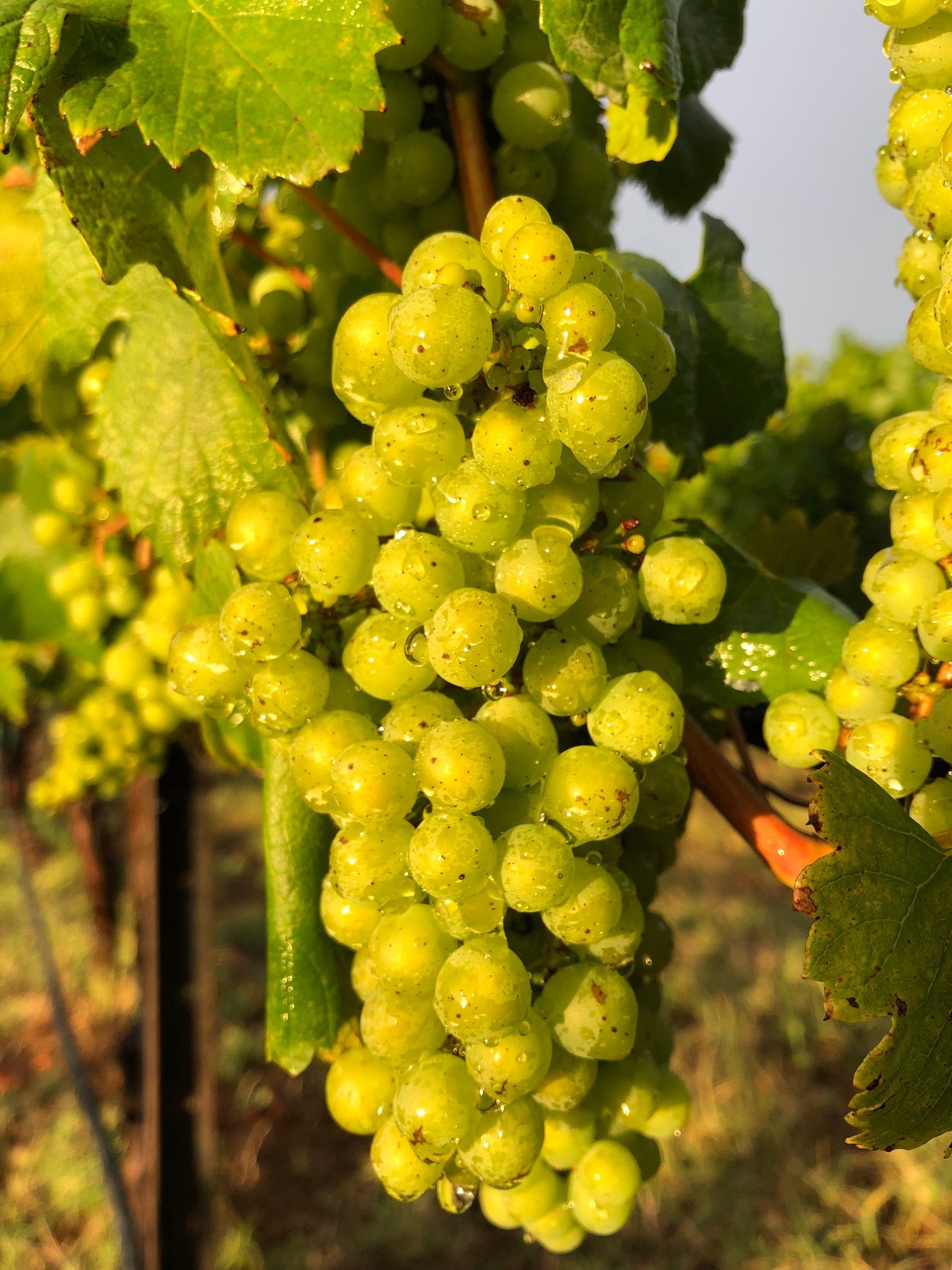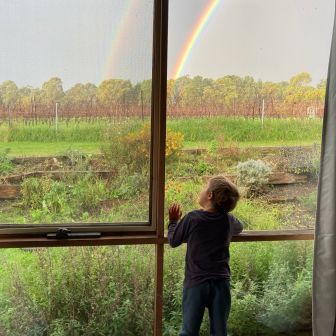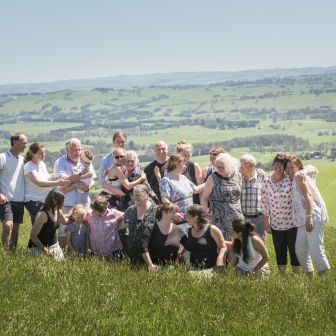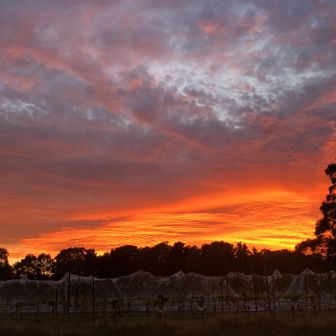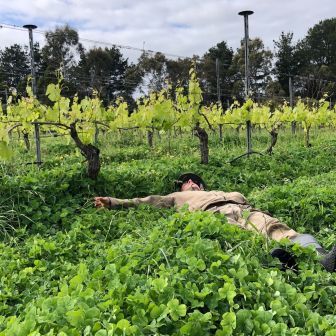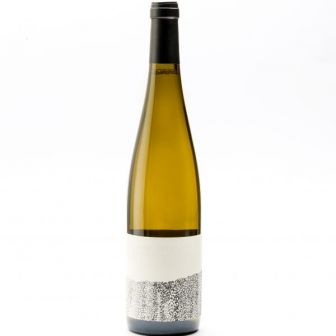Vintage 2019
May 10, 2019
Sitting here by the wood burner on a chilly morning, watching the autumn rains through the kitchen window as they drench the vineyard, it’s hard to cast my mind back to the heatwave we had on the farm just two months ago.
Up until that point, vintage 2019 was tracking along nicely. Probably the best yet for our short tenure on The Wine Farm. But just as we were sharpening our snips in preparation for picking, three days of 35–40°C stopped us in our tracks and got us all hot under the collar. We get a handful of really hot days during summer in South Gippsland, but in the five years we’ve been on this farm, never so late in the season and never during such a critical period for growing cool climate grapes. Our hearts broke as we watched our near perfectly ripe fruit tough it out under the beating sun for three days straight, powerless to do anything to help it. Picking it during the heat wasn’t an option – if you’re pitching for high quality wine you never pick when the fruit is warm as the soft berries tend to split leading to spoilage and oxidation. We just had to bunker down inside playing board games with the kids and crossing our fingers till the heat passed.
But now that we’re a safe distance from the event, the grapes have all been processed and the wines safely tucked away for winter, we can look back over the season and take stock.
When we talk about ‘vintage’ we’re talking about the season that starts as soon as the last grape from the previous vintage is picked. With no more fruit to worry about the vines send their energy underground prompting the roots to start doing their work, seeking out reserves so they can be more resilient come the next summer. The last grapes were picked by the beginning of autumn in 2018, which started out relatively dry – not ideal when your roots are carrying out such thirsty work. But a bout of welcome rain towards the end of March and a few short showers during April and May gave them enough to keep on trucking. During this time we were eager to get our very first biodynamic spray onto the vineyard, ‘Prepared 500’, which is best applied when the ground is both moist and warm. We watched the meagre rain slowly moisten the soil as winter crept ever closer. Luckily, enough sunshine meant the ground was still warm well into May and the patchy rains finally built up the moisture we needed, leaving us a tiny spraying window before the soil shifted into winter mode. We put our first BD prep on exactly one year ago today.
We had good rains in the winter and a nice dry sunny start to spring, but a lengthy cold spell meant spring sprung late in 2018 with a delayed bud burst that saw the Chardonnay having barely two leaves per vine come the end of September. Then, as the canopy started to fill out, the rains came with an unseasonably wet November. Great for our neighbours in the dairy industry, but a little too much for our liking given the disease pressure that comes with wet leaves. Our canopy management was put to the test but a combination of shoot thinning, shoot positioning and timely sprays of organic copper and sulphur saw us emerge from this tricky patch relatively unscathed. If we had the time we’d have applied ‘Prepared 501’ to help here too – a biodynamic preparation of quartz designed to amplify the sun’s rays, which would have helped to combat downy mildew. Maybe next year.
Then things dried up again and a few hot days at the end of January followed by 25mm of rain brought on veraison across the farm, when the berries change colour and the bird nets go on. This is when we’ve got time to start obsessing over our collection of weather apps and dreaming about what this critical part of the season might deliver in the bottle. The weather during February 2019 was glorious. Long sunny days, mostly in the mid to high twenties with the odd stinker in the mid thirties, but always ending with a cool change and a crisp night. Sporadic showers of gentle rain. The sort of conditions grapes love. At this point we let ourselves get very excited about the potential… could this be the vintage of the decade?
Our Pinot gris reached peak ripeness and we got to work. The fruit coming into the cellar was the best we’ve seen. The Pinot noir would be next cab off the rank – a day or two until the flavour, sugars and acids hit that sweet spot and with fruit quality up there with the gris.
Then, on the 28th of February, came the heat.
Having never experienced such extreme temperatures so close to picking dates on The Wine Farm we feared the worst when we came out of hibernation on the morning of the 4th of March when the heat had passed. We walked through the vines with our hearts in our mouths. But to our great delight the vines were in surprisingly good shape, the only sign of the heat a little desiccation here and there (where the berries are slightly parched), but nothing a well-briefed picker couldn’t keep out of the case. Our 30-year-old vines had seen it all before. And thankfully that heat wave was the last breath of summer for 2018-19. The weather turned and 37mm of rain in March created ideal ripening conditions for the rest of the fruit.
Looking at the line-up of tanks and barrels in the cellar right now, these are undoubtedly the best set of wines we’ve made so far on The Wine Farm. And now that we’ve had a chance to recover after the relentless growing and harvest seasons, we’re already starting to dream about what these beautiful autumn rains are doing for vintage 2020.
Cheers
Anna
